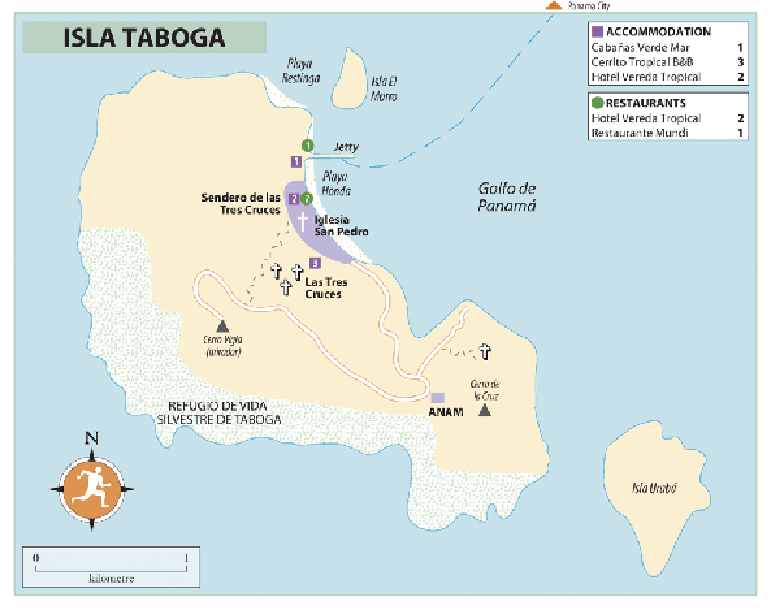Travel Reference
In-Depth Information
Brief history
Taboga's present-day tranquillity belies a turbulent past. The Spanish arrived in 1515, and
wasted no time in enslaving and removing the native Cueva Indians before populating the is-
land with freed slaves from elsewhere and constructing a fort on the adjoining
Isla El Morro
- its cannons are sprinkled round the island. Taboga's excellent natural harbour has crucially
shaped the island's history, forming the base for Francisco Pizarro's expeditions against the
Incas, as well as for pirates such as Morgan and Drake. After an English steamship company
established its headquarters on Isla El Morro, Taboga became a buzzing port for supplies
and repairs and, though the island's maritime importance has dwindled, many contemporary
Taboganos still live off the sea, either through small-scale fishing or unloading tuna from
fishing boats to larger trans-shippers.
The beaches
Approaching Isla Taboga's floating pier, you are greeted by the sight of the whitewashed
buildings and red rooftops of San Pedro, strung out to the left behind
Playa Honda
, a shingly
strip dotted with small fishing boats. Turning right after leaving the pier takes you to Taboga's
better beach,
Playa Restinga
, a golden crescent, half of which forms a sand bar reaching to
Isla El Morro, which is submerged at high tide. Its appeal is somewhat diminished by the
piles of overgrown rubble from the demolished
Hotel Taboga
at the back. Even so, crowds
of Panamanians happily swim off both beaches, but it is worth considering that much of the
island's sewage flows into the bay, and after heavy rains rubbish can wash up on the shore.
San Pedro
Heading back towards
San Pedro
, along the jasmine-scented Calle Abajo, a steep path to the
right leads up to the
plaza
, the social hub of the island - where villagers of all ages gather
to watch or play football or volleyball, dance or simply hang out. At one end, steps lead up

